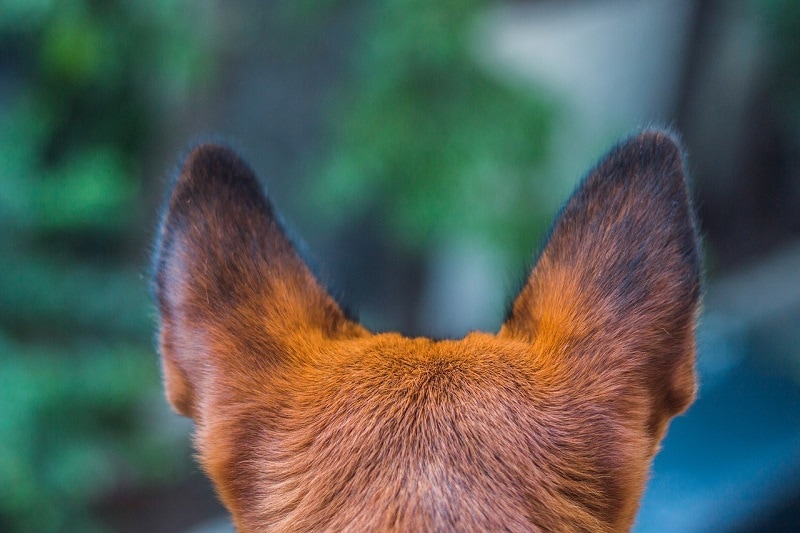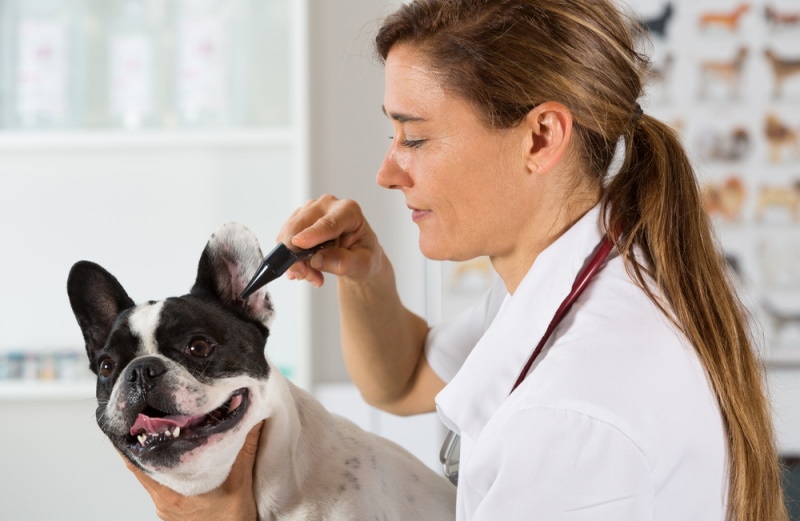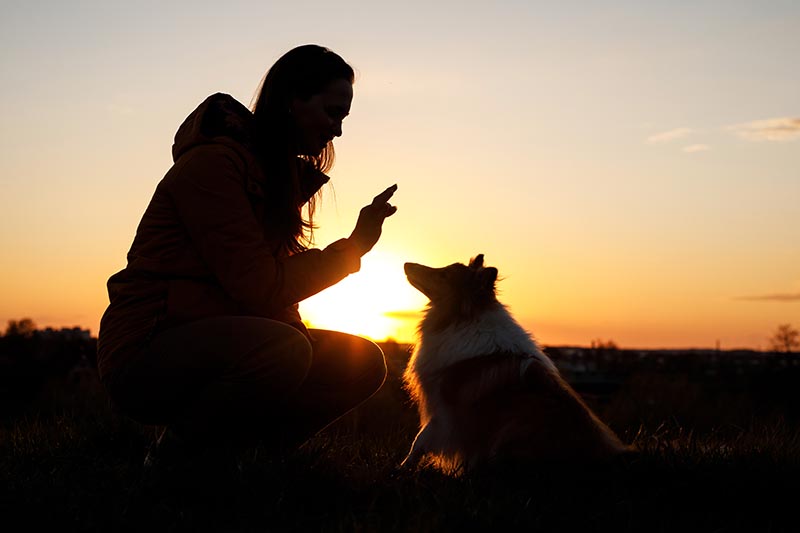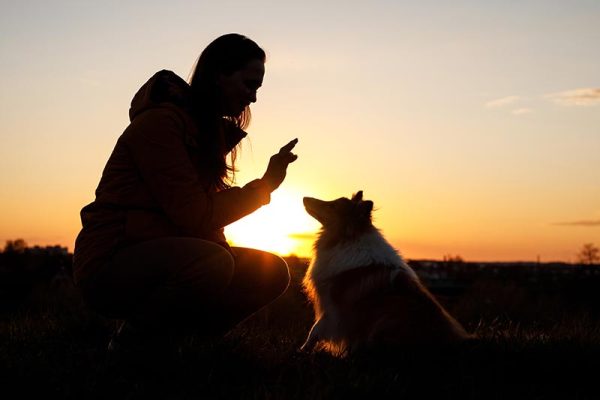Deafness in dogs is often misunderstood because it doesn’t have a serious effect on mobility, like blindness. Deaf dogs are just as lively and loving as dogs that hear but just need some patience and understanding. To help spread awareness about our deaf pets, Petfinder declared the last full week of September (September 25th – 29th) as Deaf Dog Awareness Week.
To help more folks learn about this very special week, we’ve put together an article all about deaf dogs. Dive in below to find out more about which dogs are more likely to be deaf, how training changes with deaf pups, and more relevant info.
About Deafness in Dogs
There are thousands of fully deaf dogs in the US,1 with current estimates hovering around 35,000. Deafness in one ear is far more common, with an estimated 120,000 dogs in the US suffering deafness in one ear.
Dog deafness is usually hereditary, but some external factors can cause or exacerbate it. More than 30 dog breeds are genetically susceptible to deafness.2 A few examples are the Australian Shepherd, Boston Terrier, Dalmatian, and German Shepherd.
Oddly, the biggest link to deafness is coat color. Specifically, dogs with merle and piebald coats are at higher risk of developing hereditary deafness. The link goes further, though, and nearly any dog with white fur has a higher-than-average risk of going deaf.
Other causes of deafness are external (your dog is not born with the problem). The main one is inflammation and/or infection of the ear (otitis), which can cause temporary deafness, or if left untreated, can lead to permanent deafness. Breeds with narrow ear canals, floppy ears, or that are prone to skin conditions like allergies are especially prone to this and require regular vet check ups. Other reasons why your dog could go completely or partially deaf include tumors, trauma, or the use of ototoxic drugs (medications that can harm the internal structures of the ear).

How to Know if Your Dog is Deaf
You may suspect that your dog can’t hear you too well if they seem to ignore certain appealing sounds. For example, grabbing your house keys, opening the fridge, or calling them for a treat should have your dog jumping out of their bed and at your side in seconds.
If that is the case, you should talk to your vet because the only way hearing loss can be confirmed is with the BAER (brainstem auditory evoked response) test.3 This test detects electrical activity in the inner ear (cochlea) and hearing nerves (auditory pathways) in the brain and will provide an answer to whether your dog can or cannot hear in one or both ears. However, the test cannot characterize the amount that they hear or the cause of the deafness. Most practices do not have the equipment, but your vet will tell you where to go if you wish to have your puppy tested.
How to Celebrate Deaf Dog Awareness Week
If you’re interested in celebrating this underrated dog holiday, you’re not alone. Lots of people celebrate Deaf Dog Awareness Week every year, and you don’t even need to own a deaf dog! Check out some activities below and mark your calendar.

- Head to the dog park. Deaf dogs are more common than you’d think at dog parks, and it could be the perfect opportunity to befriend them and their owner.
- Take photos with your deaf dog and post them on social media. There’s a hashtag for everything, so take your best selfies and check out how other people are celebrating.
- Adopt a deaf dog. Not everyone has the means or dedication to raise a deaf pup, but if you do, this is the perfect time to do it!
- Spread awareness. You don’t have to go door to door, but mentioning that it is Deaf Dog Awareness Week helps the cause a lot.
How to Communicate and Train a Deaf Dog

Raising a deaf dog presents some unique challenges, but they’re hardly insurmountable. You’ll just have to change the way you communicate and train your dog! With enough patience, any deaf dog can have a full, normal life. Let’s take a look at some ways you can adapt to a dog’s deafness, whether it’s a young pup or an older dog that went deaf with age.
- Learn sign language. Sign Language is great for deaf dogs, and you can simply substitute verbal commands with signs, followed by lots of praise and treats!
- Take precautions. Deaf dogs are more at risk on their own because they can’t hear potential threats like cars and animal noises, which requires a vigilant eye.
- Use sight and smell. Forget about squeaky toys! Deaf dogs thrive with plenty of visual stimulation and love smells like any other pup.
- Keep your vet on speed dial. Deafness isn’t life-threatening on its own, but you should always consult a trusted vet if you have any problems, concerns, or questions.
Summary
The last full week of September is Deaf Dog Awareness Week, devoted to spreading awareness about deafness in dogs. Even if you don’t have a deaf dog yourself, it’s a noble cause that helps people learn that deafness is just another speed bump in an otherwise healthy, happy dog life.
See Also:
Featured Image Credit: Piotr Piatrouski, Shutterstock













